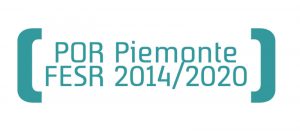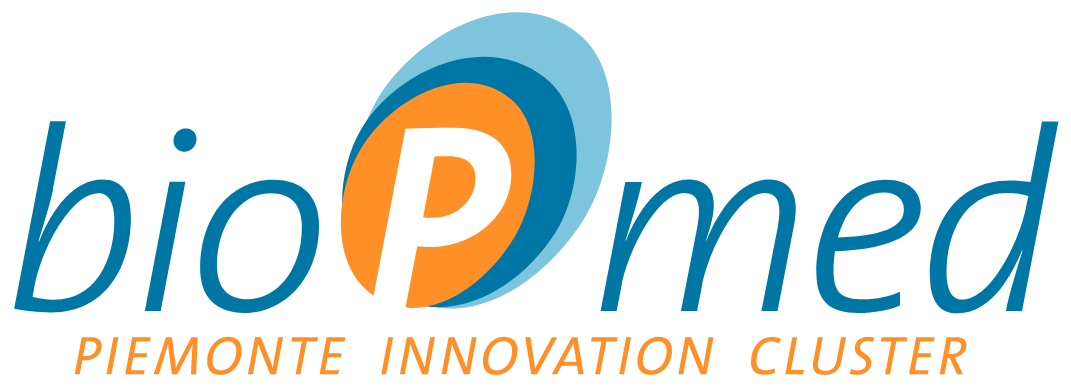Details
Project title: Digital tele-assistance for the elderly
Acronym: SeniorCare
Abstracts: Development of wearable devices and integrated solutions for the study of habits and monitoring of elderly and disabled people and operational optimization in the organization of Socio-Healthcare companies.
Name: Carmen Giordano
Organization: FIWARE Ltd.
Email: amministrazione@fiware.com
Phone: +39 0144 485 210
Lead partner: Fiware Srl
Other partners: ERInformatica | C.I.S.A. Asti Sud | A.S.C.A. | I Boschi Srl
Subcontractors: UPO/DiGSPES | CSP
Type: Industrial research and/or experimental development project
Line: B
Theme: Life Science
Duration: 30 months
Total project costs: €675,000
Total contributions requested: €405,000
Status: ongoing project

THE DESIGN IDEA
The reference scenario of the project is in the social welfare environment, with a focus on marginal territories, those where the lack of technological infrastructure, communication and often of an appropriate service network, complicate the work of social welfare organizations in the territory, obviously also lending itself to implementation in a more central territory with better services.
We are talking about social contexts that see the dramatic increase in the number of elderly individuals in our country (22 percent of the total Italian population is over 65, according to January 2016 ISTAT data) who tend to live alone, many times in isolated areas. As a result of the gradual increase in average life length, mainly due to better living conditions and medical and scientific progress, the demand for social welfare interventions is also increasing, all at a time in history when public spending capacity is being drastically reduced.
This project aims to study, design and find technological yet intuitive ways to facilitate and optimize the work of social welfare organizations, qualitatively ensuring maximum results (achievable through human and experiential factors) at the lowest possible cost. As is well known, the use of technologically advanced and properly designed tools enables the multiplication of resources.
Simply put, by equipping themselves with good tools, the community could increase the quality of its care in the face of decreased public spending.
From these considerations, the idea of SENIOR CARE was born to enable the elderly to stay in their homes as long as possible, ensuring that they have a sufficient level of monitoring, whether in city or country homes. The area in which the project is studied is precisely that of inland areas, that is, an area characterized by aggregations of municipalities offering social welfare services, whose territorial specificities may decrease the level of quality of life of citizens and their level of social inclusion.
DEVELOPMENT GOALS
The design solution involves the implementation of tools that can provide an adequate level of integration between territorial OSS organizations and individuals wishing to maintain their autonomy, decreasing the time and number of interventions and still ensuring an excellent level of care for the person. For this, the project is structured according to two complementary development trajectories. On the one hand, it will be necessary to work on those functionalities that are useful in ensuring effective remote monitoring of the person, and on the other hand, it will be necessary to design the tool in such a way as to integrate it virtuously into the operational processes of the organizations involved in caregiving.
Person-to-person monitoring is implemented with a layered architecture:
- The sensor network, made up of sensors and devices, both wearable and non-wearable, that transmit sensed data to a central server through a gateway.
- The central data collection, processing and presentation, via WEB or dedicated application.
- The communication interfaces to the different roles involved, i.e., SMS, CHAT, MAIL, TELEPHONE, ALERT APPLICATIONS.
Operational optimization in the organization of social welfare companies is achieved by integrating the logistics support tool with the SENIOR CARE sensory network. In addition, the people in charge of managing interventions and activities would thus have a tool that can efficiently support their planning and ensure that activities are accounted for in a timely manner.
SCIENTIFIC VALUE AND POTENTIAL ECONOMIC IMPACT OF THE PROJECT
Thanks to the innovation introduced by the “SENIOR CARE” system, one is in fact able therefore to correctly determine the status of the individual. A sequence of actions that the individual performs regularly throughout his or her day represents his or her normal state, while a variation to the routine is detected and interpreted as an abnormality, generating alerts that will be made known to the social welfare organizations interested in monitoring the user.
The SENIORCARE system would promote optimization in the management of the organization of social and health enterprise workers.
At the same time, the project would have important social impacts by fostering the empowerment of the elderly, reducing their hospitalizations in favor of keeping them in their homes with a positive impact on the budget of the regional health care system. In addition, the increased permanence of the elderly person in the area nurtures the economic fabric of the area itself and the socio-cultural fabric, ensuring the survival of indigenous traditions.
